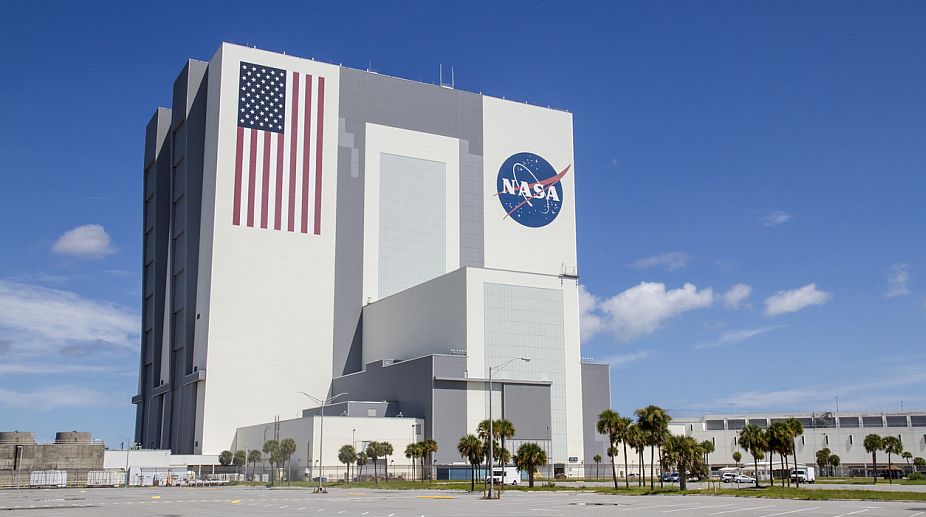NASA believes a ninth planet does exist that might be 10 times the mass of Earth and 20 times farther from the Sun than Neptune, debunking myths that the planet, dubbed ‘Nibiru’ by doomsayers, will end of the world.
Konstantin Batygin, a planetary astrophysicist at California Institute of Technology (Caltech) in Pasadena, whose team is closing in on finding Planet Nine said there is now enough evidence to assume the “mysterious world exists”.
Advertisement
“There are now five different lines of observational evidence pointing to the existence of Planet Nine,” said Batygin, who is a planetary astrophysicist at Caltech, in a NASA statement.
“If you were to remove this explanation and imagine Planet Nine does not exist, then you generate more problems than you solve.
“All of a sudden, you have five different puzzles, and you must come up with five different theories to explain them,” the astrophysicist explained.
If a planet is there, it’s extremely distant and will stay that way – with no chance of ever colliding with Earth, or bringing “days of darkness”, as suggested by doomsayers.
According to NASA, it is now harder to imagine our solar system without a Planet Nine than with one.
“The signs so far are indirect, mainly its gravitational footprints, but that adds up to a compelling case nonetheless,” Batygin noted.
Batygin and his co-author, Caltech astronomer Mike Brown, described the first three breadcrumbs on Planet Nine’s trail in a January 2016 paper, published in the Astronomical Journal.
Six known objects in the distant Kuiper Belt, a region of icy bodies stretching from Neptune outward toward interstellar space, have elliptical orbits.
These orbits are tilted the same way, about 30 degrees “downward” compared to the pancake-like plane within which the planets orbit the Sun.
Computer simulations of the solar system with Planet Nine included show there should be more objects tilted with respect to the solar plane.
In fact, the tilt would be on the order of 90 degrees, as if the plane of the solar system and these objects formed an “X” when viewed edge-on.
Sure enough, Brown realised that five such objects already known to astronomers fit the bill.
A second article from the team, led by Batygin’s graduate student Elizabeth Bailey, showed that Planet Nine could have tilted the planets of our solar system during the last 4.5 billion years.
This could explain a longstanding mystery: Why is the plane in which the planets orbit tilted about six degrees compared to the sun’s equator?
“Over long periods of time, Planet Nine will make the entire solar-system plane precess or wobble, just like a top on a table,” Batygin said.
The remaining step is to find Planet Nine itself. Batygin and Brown are using the Subaru Telescope at Mauna Kea Observatory in Hawaii to try to do just that.
If Planet Nine is found, it will be a homecoming of sorts, or at least a family reunion.
Over the past 20 years, surveys of planets around other stars in our galaxy have found the most common types to be “super Earths” and their somewhat larger cousins – bigger than Earth but smaller than Neptune.
“Yet these common, garden-variety planets are conspicuously absent from our solar system. Weighing in at roughly 10 times Earth’s mass, the proposed Planet Nine would make a good fit,” NASA said.
